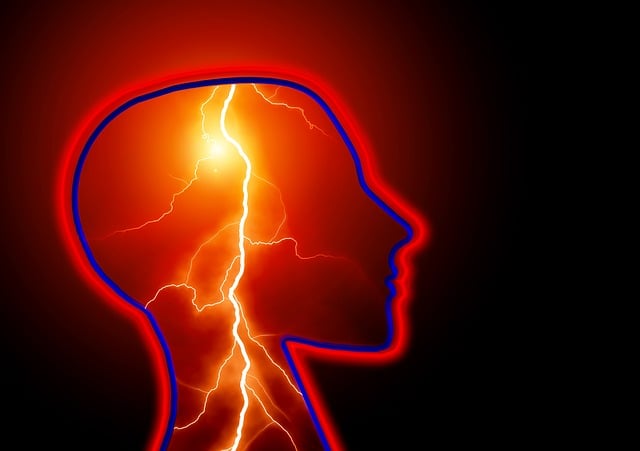Everything you need to know about CVA stroke:
What are the signs and symptoms of a stroke?

A stroke occurs when a person experiences high blood pressure all the time people who have high blood pressure in their youth are more likely to have a stroke the body of these people is used high blood pressure and arteriosclerosis has occurred in the veins.
High blood pressure causes thrombose or clots to move with high force in the blood. This clot passes through the lungs and heart and enters the blood vessels of the brain and prevents blood supply to other parts of the brain and causes the blood resells to close.
The brain needs oxygen and glucose to survive. When a part of the brain sweat is closed, oxygen is not delivered to the rest of the brain, causing the death of a part of the brain.
Types of Stroke
1-Ischemic CVA
2-Hemorrhagic THI
3-Transient TIA
Symptoms of Ischemic Stroke:
When a clot or thrombus passes through the lungs and heart and enters the bloodstream, it blocks one of the vessels.
This causes a lack of blood supply to parts of the brain and it causes the death of part of the brain.
As the commander and administrator of the body, the brain controls all actions and perceptions of the body.
When a part of the brain loses its activity, the parts of the body that perform actions and perceptions with that part of the brain lose their activity.
In an ischemic stroke, a person loses the ability to speak, her arm and legs no longer have their previous strength, one side of her face becomes paralyzed, and she cannot maintain her body balance.
If you encounter such a person, call the emergency room so that the patient does not lose her vital time.
Symptoms of Hemorrhagic Stroke:
Hemorrhagic stroke is more common in people with diabetes
Because the vessels become fragile, when the blood pressure rises to a critical level, parts of the vessels are torn, and a large in one place, a hemorrhagic stroke occurs.
Accidents and blows to the head also cause cerebral bleeding but the symptoms of this bleeding are different from hemorrhagic bleeding
If you take a person who has a hemorrhagic stroke to the hospital in time, the injection of citicoline ampoule will greatly help to supply oxygen to the brain.
If the bleeding is mild, the bleeding will be stopped by injecting citicoline ampoules.
But if there is a lot of bleeding, it remains like a clot on the brain by placing a shunt, the blood is removed from the person`s head.
TIA Transient Stroke
In a transient stroke, the thromboses enter the cerebral vessels, get stuck in a part of the brain vessels, and until the blood supply to the brain is disrupted for a moment, and the clot is removed by the next pumping.
These people have stroke symptoms for up to 72 hours.
These people are among those who have the risk of ischemic stroke.
Stroke Symptoms:
1-Loss of consciousness.
2- dizziness.
3-Loss of body balance.
4-Urinary and fecal incontinence.
5-High blood pressure.
6-Feeling of extra sound in the ear.
7-Numbness of the limbs.
8-Headach, especially in the affected areas.
9-Asymmetric pupil.
10-Facial paralysis.
11-Weakness in the involved organs.
Tip: under Noricum stances should you give Aspirin and pearl TNG to someone who has had a stroke these drugs cause bleeding in most parts of the brain.
Ways to Diagnose a Stroke:
After the clinical examination of the patient, she checks the muscle strength, vision, speech, and hearing of the person. For a more detailed examination and to diagnose the type of stroke he requests a CT scan or MAI.
And to know the presence of thrombosis in the vessels, you should also do a blood test.
Ways to Treat Stroke:
There are many treatments for stroke the first thing to do is call the emergency room or take it to the hospital to prevent more serious injuries.
The doctor prescribes blood thinners, antiplatelet, and blood pressure medications they also start oxygen therapy.
Citicoline ampoules are injected during CVA and hemorrhagic strokes so that enough oxygen reaches the brain.
If the bleeding is mild, the clot will be completely removed by injecting an ampoule of citicoline If the extent of bleeding is greater, the brain surgeon places a device called a shunt inside the head to drain the bleeding from the head.
In a stroke where the amount of bleeding is high, the doctor performs brain surgery to prevent further bleeding, brain swelling.
In the treatment of stroke, drugs, and surgery are the primary elements of treatment, but because the person has lost her ability and range of motion, physical therapy should be done.
People who have a stroke get bedsores and die because they do not receive good and helpful cars.
As a result, after the treatment and recovery period, in order for the person to return to her normal life, she must have proper nutrition, do physical therapy, exercise, do not smoke, and remove fat from her diet.
Leave a Reply